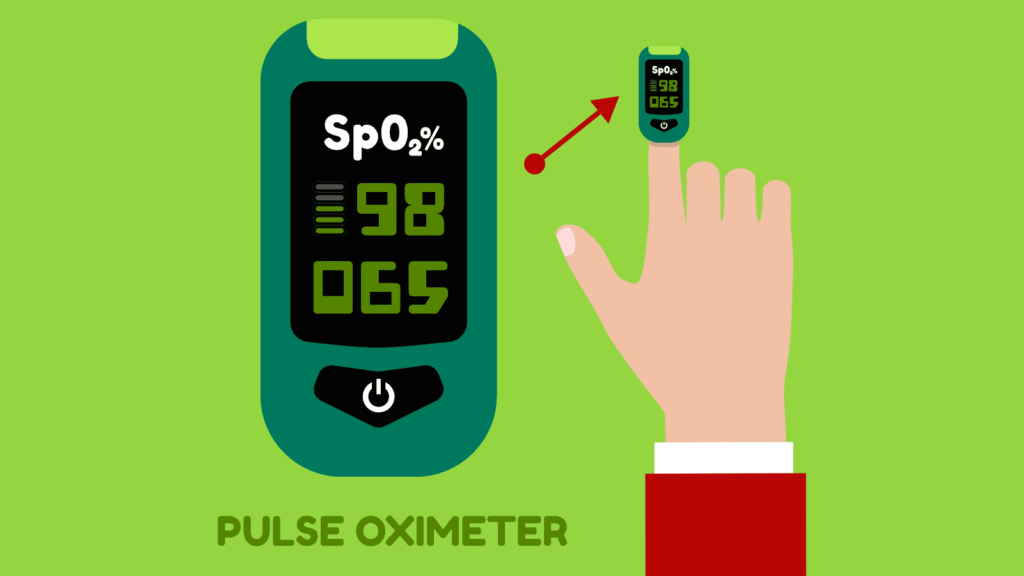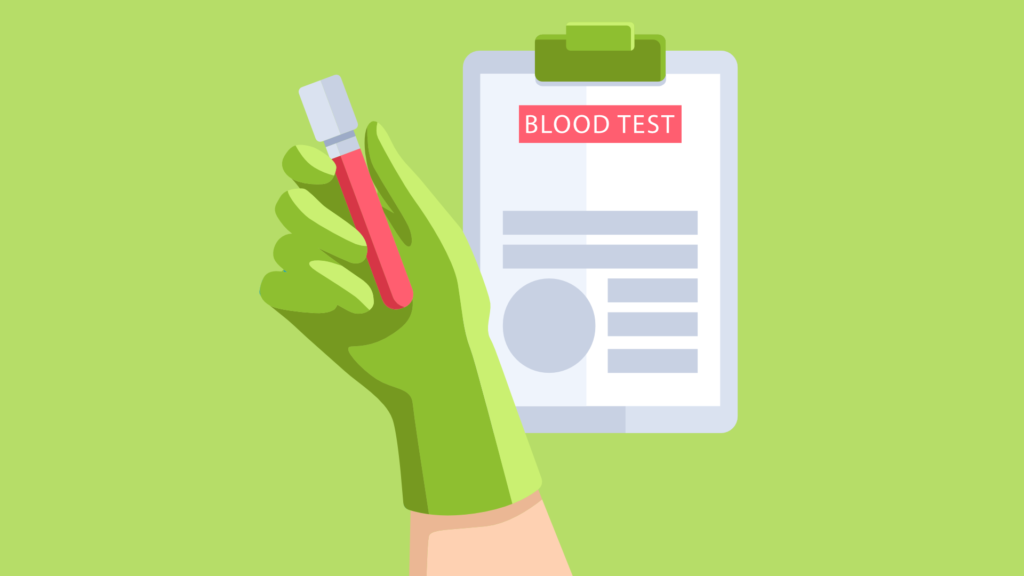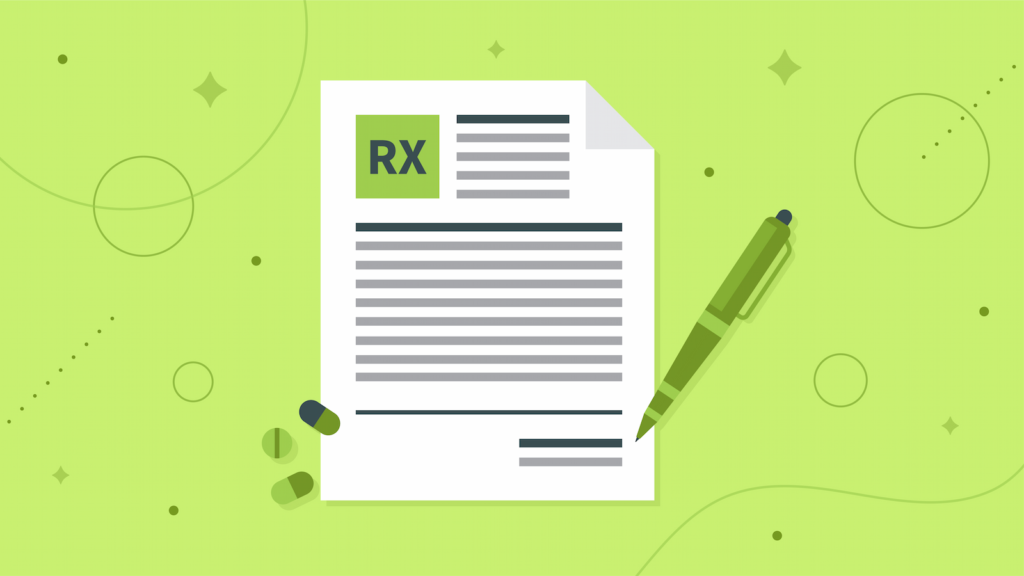Obtaining an oxygen concentrator prescription doesn’t need to be stressful. Here’s what to expect.
Whether used alongside PAP therapy or as a standalone treatment option, oxygen therapy can help immensely alleviate fatigue and discomfort associated with a wide range of health conditions.

However, obtaining an oxygen concentrator requires a prescription.
So how do you go about getting a prescription and determining the ideal treatment options for you?
In this guide, we’ll provide a look at the process to help reduce any anxiety you might have about the procedure and answer common questions about starting oxygen therapy!
Why Do Oxygen Concentrators Require a Prescription?
The technical answer is that regulations require proof of need before allowing anyone to use specific medical devices, such as oxygen concentrators or CPAP machines.
However, there’s more to the reasoning than this.
While we all absorb oxygen when we breathe in the air around us, too much oxygen can be a bad thing.
When your oxygen levels are too high, this is known as oxygen toxicity.
Symptoms of oxygen toxicity include:
- Coughing
- Mild throat irritation
- Chest pain
- Trouble breathing
- Muscle twitching in face and hands
- Dizziness
- Blurred vision
- Nausea
- A feeling of unease
- Confusion
- Convulsions (seizures)
As you can see, these are serious issues.
Depending on the causes of your oxygen toxicity, it can take weeks for your lung function to return to normal and symptoms to disappear.
This is why it’s critical only to use oxygen therapy by recommendation of and under the guidance of a medical professional such as your primary care provider or pulmonary specialist.
How Do You Know If You Need Oxygen Therapy?
The only surefire way to know is to obtain test results from a medical professional.
However, before you start down that path, a few options are available to help you assess whether bringing your issues to your doctor is important.
The first are pulse oximeters.
These simple-to-use devices slip onto your finger and use an LED light and sensitive light sensors to assess the oxygen content in your blood.

They’re painless and affordable.
Better still, using one takes just a few seconds to a few minutes and can provide a solid baseline of data to bring to your doctor.
In general, saturation levels of 90% or below are cause for immediate concern and should be mentioned to your doctor.
However, any fluctuation could indicate issues that a medical professional should help you explore further.
Don’t have access to a pulse oximeter?
Then your second option is to monitor for symptoms that could indicate signs of low oxygen levels:
- Bluish colouring in the face, lips, or nails
- Shortness of breath or difficulty breathing
- Worsening coughing or wheezing
- Sweating
- Confusion
- Changes in complexion
- Rapid breathing
- Restlessness and discomfort
- Chest pain or tightness
- Fast or racing pulse rate
If you experience any of these symptoms, consult your physician immediately to rule out any acute issues and start the diagnosis process.
Common lung and health conditions that result in low blood saturation levels and can require oxygen therapy include but are not limited to:
- Chronic obstructive pulmonary disease (COPD)
- Pneumonia
- Asthma
- Heart failure
- Cystic fibrosis
- Sleep apnea
- Lung disease
- Acute respiratory distress syndrome (ARDS)
- Respiratory system trauma
What Tests Will My Doctor Perform?
When you visit your doctor, there are two primary tests they’ll likely want to perform: pulse-oximetry tests and arterial blood gas (ABG) tests.
Pulse-oximetry testing provides a simple means for your doctor or pulmonary specialist to monitor your saturation levels in various situations, such as while exercising, moving around your home, sleeping, or while idle.
Arterial blood gas tests provide a very precise snapshot of your blood saturation.
However, it requires drawing blood and lab analysis, so it’s not as flexible for diagnosing some conditions and can’t provide a dynamic look at your saturation levels throughout the day.

Once your doctor has data to confirm their diagnosis, they can create an ideal oxygen therapy plan to address your needs and give you a prescription to get your oxygen concentrator.
Qualifying for oxygen therapy can vary based on your region, but typically supplemental oxygen is considered necessary when arterial blood oxygen levels remain at 60 mmHg (millimetres of mercury) or lower than 90 percent saturation when measured using a pulse oximeter.
What Does An Oxygen Therapy Prescription Include?
Prescriptions will vary based on what your primary care provider or pulmonary specialist recommends.
However, all prescriptions should include specific information to ensure you receive the proper equipment with the ideal settings configured for your needs.
If you’d like a portable concentrator, be sure to mention this to your physician or pulmonary specialist.
The fact that you’re mobile within your home and would benefit from a portable unit can help to ensure a valid prescription and maximum coverage from any assistance programs or insurance coverage you might use to offset out-of-pocket costs.

Information provided should include:
- The condition that requires home oxygen therapy.
- The recommended oxygen flow rate in litres per minute (LPM).
- The recommended use frequency and session duration.
- An estimated length of time during which you’ll require oxygen therapy.
You should try to receive your prescription as close to your testing period as possible since most areas require recent testing to consider the prescription valid.
Depending on your condition and symptoms, you might need to continue to see your physician or pulmonary specialist to monitor the effectiveness of your treatment and make adjustments to your prescription to suit your needs better.
Summary
- You must have a prescription to order a portable or stationary oxygen concentrator.
- Misusing an oxygen concentrator can result in oxygen toxicity–a serious lung condition that can take weeks to resolve.
- Pulse oximeters offer an accessible way for you to check blood saturation levels if you suspect you need oxygen therapy.
- In most cases, a saturation level below 90% indicates a need for medical assessment.
- If you suspect that you are experiencing symptoms of low oxygen levels, consult a medical professional immediately.
- Common lung or health conditions that result in low blood saturation levels include but are not limited to chronic obstructive pulmonary disease (COPD), pneumonia, asthma, heart failure, cystic fibrosis, sleep apnea, lung disease, acute respiratory distress syndrome (ARDS), and respiratory system trauma.
- Doctors often perform pulse-oximetry tests and arterial blood gas (ABG) tests to confirm your condition.
- Pulse-oximetry testing provides a simple means for your doctor or pulmonary specialist to monitor your saturation levels in a variety of situations, such as while exercising, moving around your home, sleeping, or while idle.
- Arterial blood gas tests provide a very precise snapshot of your blood saturation. However, it requires drawing blood and lab analysis.
- Qualifying for oxygen therapy can vary based on your region, but typically supplemental oxygen is considered necessary when arterial blood oxygen levels remain at 60 mmHg (millimetres of mercury) or lower than 90 percent saturation when measured using a pulse oximeter.
- If you’d like a portable concentrator, be sure to mention this to your physician or pulmonary specialist.
- Prescriptions must include information about your medical condition, recommended oxygen flow rates in litres per minute (LPM), recommended use frequency and session duration, and the estimated length of time during which you’ll require oxygen therapy.
- Follow-up appointments and testing are often required after your initial prescription to assess the effectiveness of your oxygen therapy and adjust prescription levels to best suit your condition.
CPAP Supply is Canada’s leading online CPAP supply store in customer satisfaction. Our selection of stationary and portable oxygen concentrators can help you improve your quality of life and provide comfort. Whether you’re using your concentrator alongside a CPAP machine or standalone, we have the parts and accessories you need to keep everything running smoothly. Browse our product selection or contact us today to see how we can help you!
References
- U.S Food and Drug Administration: Pulse Oximeters and Oxygen Concentrators: What To Know About At-Home Oxygen Therapy
- American Lung Association: Oxygen Therapy
- Healthline: Oxygen Therapy
- Mayo Clinic: Symptoms: Hypoxemia
- University of California San Diego Health: Understanding Oxygen Toxicity
- Mayo Clinic: Diseases & Conditions: ARDS
